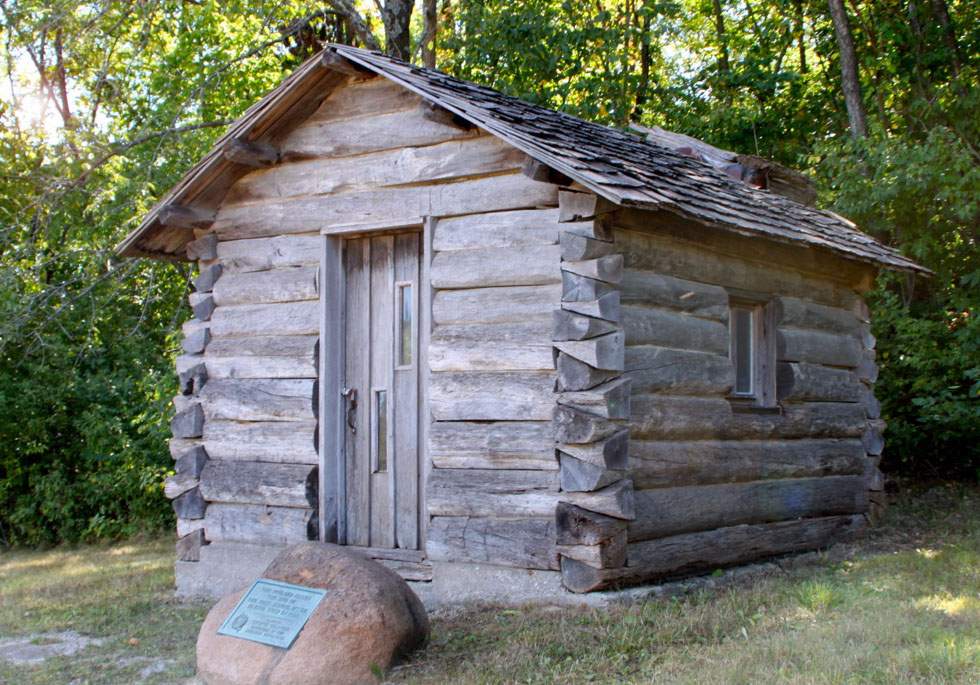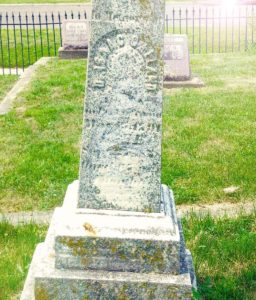Education funding shortfalls could get worse
“It won’t hurt to look.”
That was the advice of the school registration worker as she smiled and extended a paper with state income eligibility guidelines toward me. She had asked if our family qualified for free or reduced-priced lunches and I had mumbled something to the effect of, “I doubt it.”
So, I took the paper and looked, my finger sliding down to our family size, then across to the yearly totals. It wasn’t even close.
As I shrugged and handed the paper back to the worker, her smile widened and turned conspiratorial. “You didn’t know you were rich, did you?”
HITTING HOME
Every so often, when a writer is truly fortunate, personal and professional collide, allowing for the dissemination of information that transcends a basic news report. For the past few weeks, as I researched my portion of this Sunday’s editorial package, I repeatedly found myself in such a place.
If I could travel back in time to the day when we registered our oldest daughter for her first day of public school — a time when our young family was living hand-to-mouth — I would have told the school worker she was wrong. It hurt to know how desolate a circumstance had to be in order to be deemed worthy of a helping hand.
I would definitely pull my younger self aside and let her know one of the few bits of wisdom I’ve haphazardly gathered: finances aren’t a defining feature of a good life, no matter how often our consumer-driven society says otherwise.
I would tell myself the stories friends have since shared of spontaneous camping trips when their electricity was shut off or of pawning tools to pay for band instruments.
I would whisper about the heartfelt gratitude of parents who feel blessed to be able to skip lunches so that their children can participate in field trips. After all, not all families have such luxuries that can be set aside.
I would do my best to explain how a system crafted and founded on the premise of betterment of all, funded by all, too often financially stresses young families.
ALL FOR ALL
Democracy and the economy depend on an educated citizenry. If we want all people to participate in government, we need all people to be able to read, write and navigate basic math problems. It’s also a good idea for everyone to know things about this country — its people, geography and history — and the world. In order for commerce and industry to prosper, there must be an educated workforce.

It was actually the last point that led to the foundation of what we know as our public school system.
From roughly 1820 to 1860 the nation and its workforce shifted from smaller agricultural pursuits toward industrialization. Cities grew, fueled by new manufacturing, the influx of people previously working in the agricultural sector and European immigrants. In fact, from 1846 to 1856, more than 3.1 million immigrants arrived in the U.S., a number equal to an eighth of the population.
The nation was in need of a common denominator and industry owners needed workers.
It was in this era that a call for free public education took hold and grew.
The path forward, as you already know, was rocky. Immigrant children were discriminated against, as were Native American children. A decade passed before people of all races would regularly share classroom space, largely because a ward-based system of selecting school leadership was replaced by citywide elections, preventing most ethnic neighborhoods from having a representative or a piece of local control.
IOWA MODEL

Here in Iowa most school funding is based on the number of students served by a district, and is predominantly a mix of state general fund dollars and local property taxes. The ratio of state dollars to property tax varies by district with property-rich districts receiving less state money.
Allowable growth is set by the Iowa Legislature and controls any per-pupil funding increases. When allowable growth does not meet district needs, more emphasis is placed on the communities being served by the district.
For instance, in 2011, the Legislature approved a 2 percent increase in allowable growth, but then underfunded by $156 million. Some districts sought property tax increases to make up the for the lost dollars. The following year lawmakers set allowable growth at zero, but did not underfund. The net result was staff reductions, property tax increases and fewer student options.
While funding for many general fund items, including education, was given a reprieve in 2013, lawmakers also passed new tax cuts and tax credits that place future progressive funding in peril. Even as experts estimate a nearly 5 percent increase in revenue for the state, it remains unclear how the state will meet the commitments it has already set.
CHOICES AHEAD
A short-term solution could include dipping into the state surplus, but such action is not sustainable. The cuts enacted by lawmakers are anticipated to cost the state in excess of $3 billion over the next 10 years.
Recession or dips in state revenue, such as recent reports of declining gambling receipts, will further ascorbate the problem, and will likely result in another reduction of general fund expenditures, which will, in turn, force property tax hikes, fewer options and increased dependence on communities and parents to fill education gaps.
It is difficult to debate a system that first serves the most needy, as is the mission of most government and community-based programs. After all, a dollar in the hands of government, a faith community or an individual can only be divided a certain number of ways.
I can also personally attest to the difficult task of convincing working families to swallow their pride and speak out about a system that shortchanges their children. No one wants to be perceived as among the segment of Americans disparaged for low bank balances, but this sentiment is especially strong among those earning full-time wages, who desperately want to be self-sufficient and able to care for their own.
We must remember that youth are society’s mirror, reflecting back what they’re given. Youth given more opportunities grow up to produce societies with more opportunities. They are the embodiment of the American promise, an investment that always pays dividends.
This column by Lynda Waddington originally published in The Gazette on Aug. 10, 2014.
